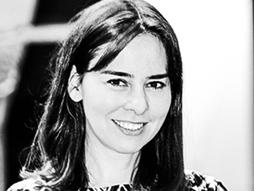Bronwyn King leads global pledge for tobacco-free finance, and more TED news
The TED community has been making headlines — here are a few highlights. Tobacco-free finance initiative launched at the UN. Oncologist and Tobacco Free Portfolios CEO Bronwyn King has made it her mission to detangle the worlds of finance and tobacco — and ensure that no one will ever accidentally invest in a tobacco company […]
Continue reading
